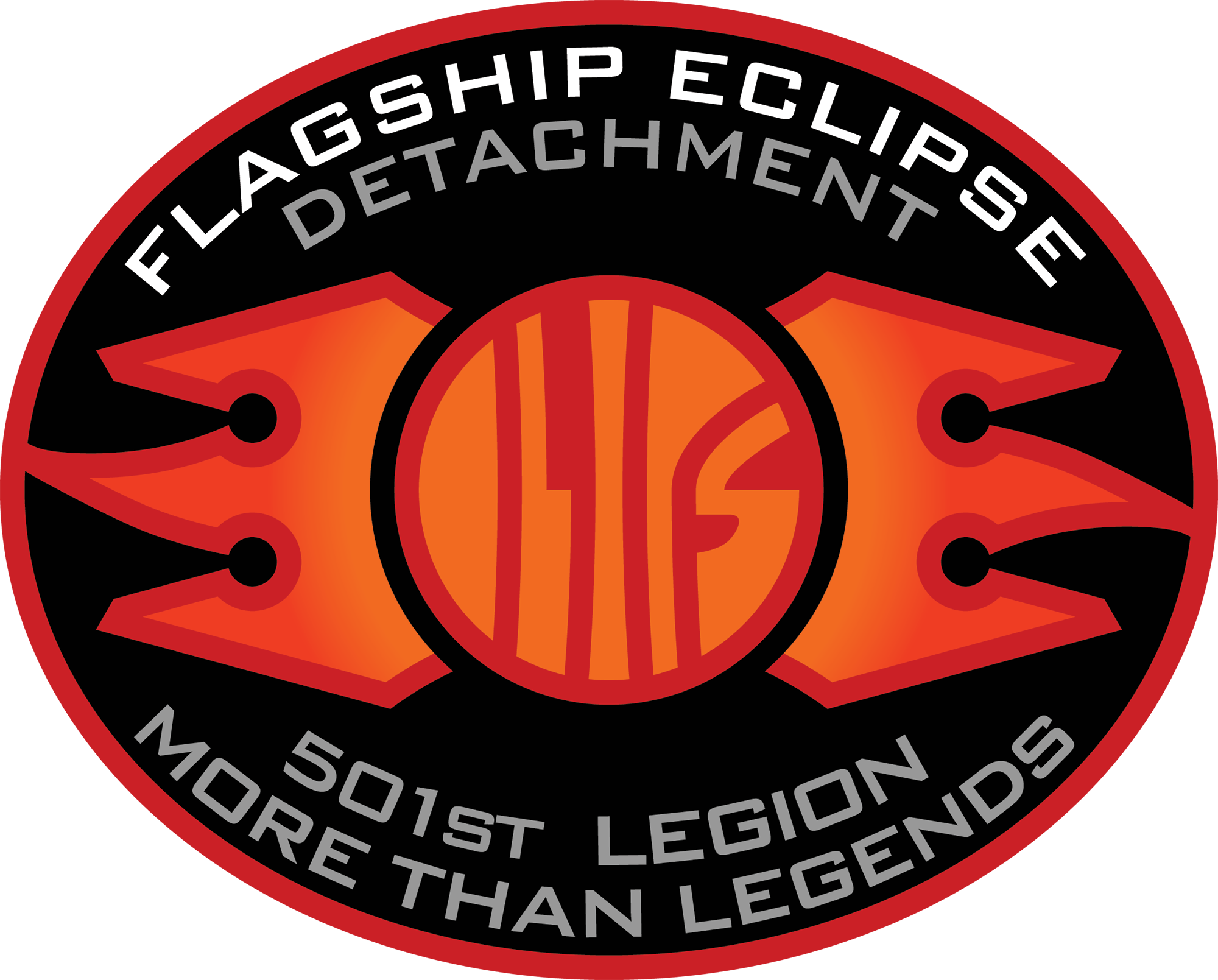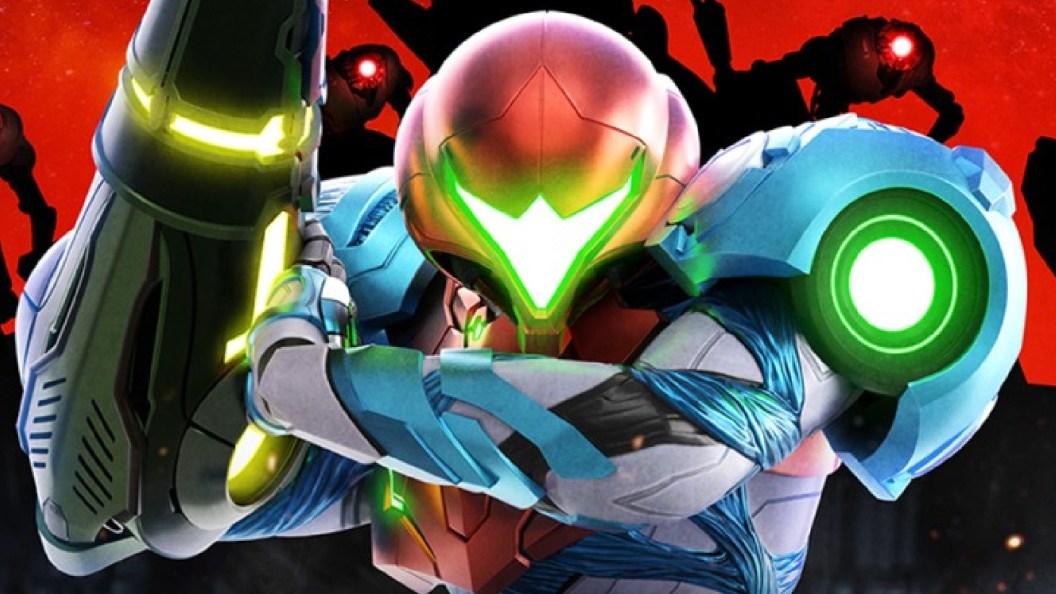
Metroidvanias offered open-world maps before open-world games were cool. Perhaps with some restrictions. Progression might eventually be limited by certain barriers that require the collection of a new item or power to continue the narrative arc. However, a truly great Metroidvania game offers a solid and foundational reason to continue to revisit old regions and biomes. The ability to grow and power up your character, but still have benefits to retracing old haunts, is a core value of play. Provided Metroidvanias are usually 2D or 2.5D games, they still offer quite large and robust maps that beg exploration.
If you are new to the genre or looking for a list of Metroidvanias to be playing in 2025, here is a list of six to consider adding to your library.
1) Blasphemous II
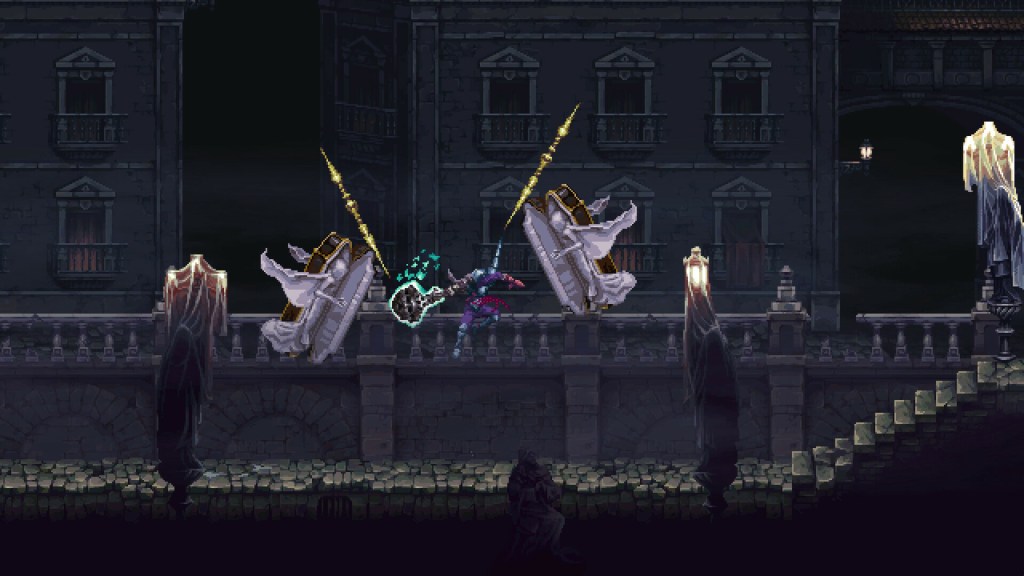
Blasphemous II is the follow-up to the original Blasphemous, developed by The Game Kitchen. The Blasphemous series offers an inspired 2D take on a Dark Souls-like game, with intense combat, difficult bosses, and traps to keep you guessing and dying often. Dying often being the key word, as you’ll frequently be addressing the “You Died” screen as you explore across the world of Cvstodia.
Blasphemous II resumes the story of The Penitent One, who embarks on a quest to prevent the rebirth of The Miracle. Blasphemous II offers more means of customizing your playthrough with several new weapons added to the game and associated weapon skill-trees. Separate from the original Blasphemous, Blasphemous II adds in transversal abilities common to most Metroidvania games that felt missing in the first title.
2) Metroid Dread
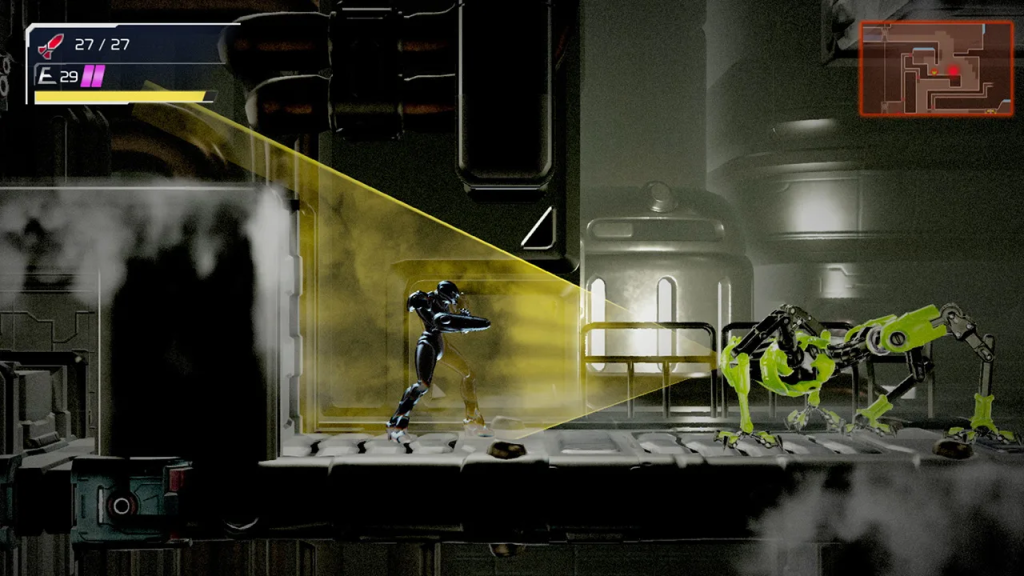
You can’t be a fan of Metroidvania games without having played a Metroid game. There are plenty of different Metroid games to start with and experience the historic origins of the series, but if you are looking for a modern take from the namesake of the genre, Metroid Dread is well worth the time spent. The game is completed relatively fast, as far as Metroid games go.
Despite perhaps a shorter game length, Metroid Dread offers a refreshing take on the genre by honoring the roots of non-linear exploration, but introducing new mechanics like stealth against the E.M.M.I. bots and innovative combat. Enemies have varied combat patterns, which can make each combat more unique and challenging, with a high concentration of enemies to defeat between major bosses, Chozo soldiers, and the E.M.M.I. bots themselves.
3) Blade Chimera

From the minds of Team Ladybug, known for other famous Metroidvanias, like Touhou Luna Nights, comes Blade Chimera. Blade Chimera offers intense demon slaying combat action that rivals and captures the joy from Castlevania: Symphony of the Night. This Metroidvania steers away from the typical grinding involved in the genre by allowing for easy teleporting around the map to stay in the thick of demon slaying.
In Blade Chimera, you play as the demon slayer Shin, who acquires a shape-shifting demon, Lux, who acts as an all-purpose omni-tool: sword, shield, grappling rope, clerical health tool, and more. Between the combat mechanics, fast movement with teleportation, and great choreographed boss battles make Blade Chimera an exceptionally well-paced Metroidvania.
4) Dead Cells
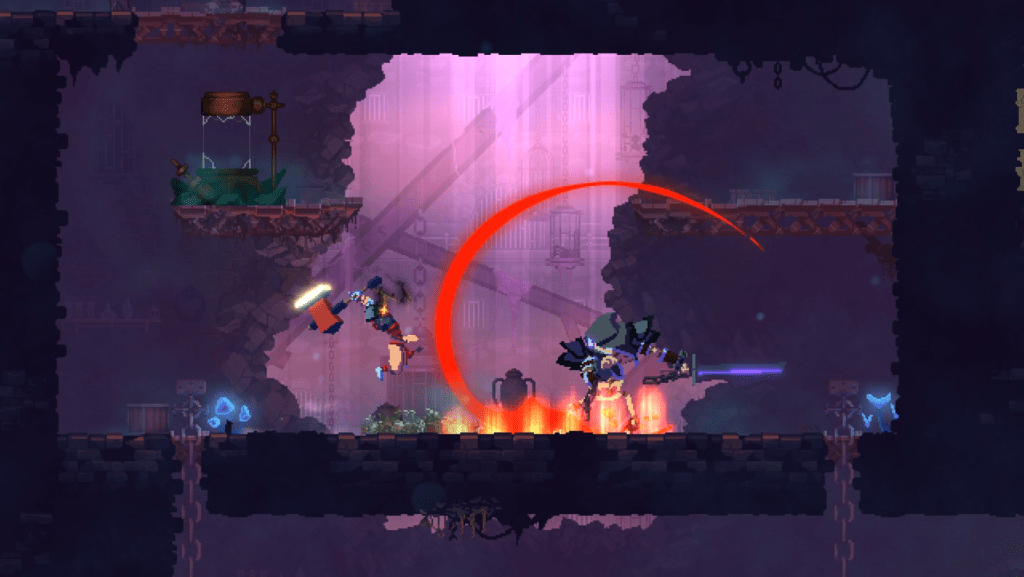
Roguelike marries Metroidvania in Dead Cells by Motion Twin and Evil Empire. You take control of the Prisoner and move through 2D procedurally generated dungeons, defeat enemies, and collect Cells that can be utilized for upgrades, assuming that you live and make it to the end of a dungeon. Like other roguelikes, such as Hades, death means losing progress and most of your gear and upgrades that you obtained during the run-through.
At its heart, Dead Cells is finesse and experimentation. Learning and innovating on the fly across each dungeon to figure out which Scrolls of Power to collect, which weapons to utilize, whether to focus on Cell harvesting, or recklessly try to fast-track it to the boss. Victory goes to the player who is comfortable with experimenting with gear, strategy, and pacing the flow.
5) Prince of Persia: The Lost Crown
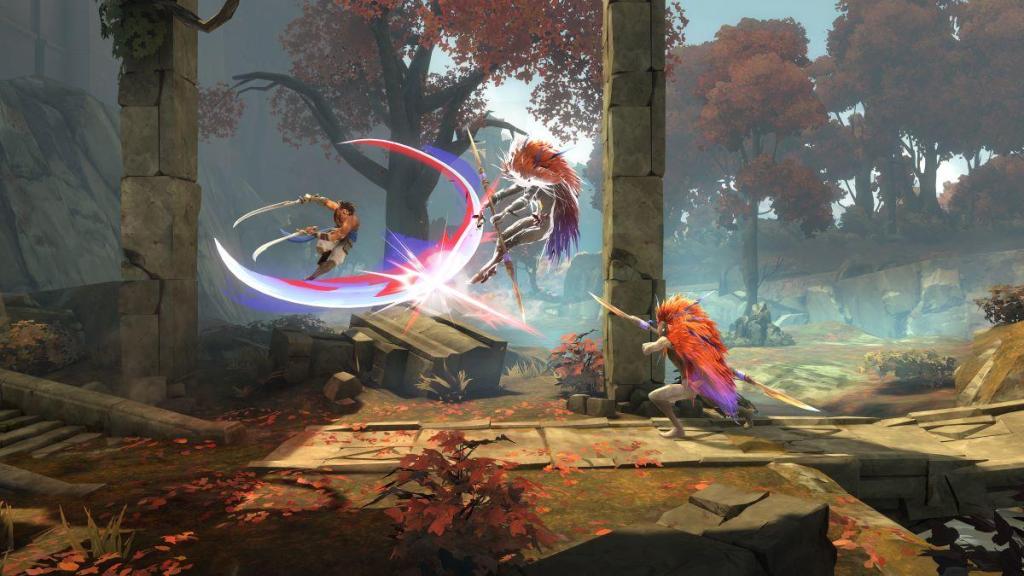
Prince of Persia: The Lost Crown is, oddly enough, a hidden gem for Metroidvania games. While the Prince of Persia brand is well known, The Lost Crown is a fairly underrated title that was produced by a small team within Ubisoft that got creative with the Prince of Persia IP. Realistically, this is also the first Prince of Persia game that actually feels Persian, with great references to Persian lore, mythology, creative writing, and references to important Persian historical figures of days gone past.
All the important elements for progression in a Metroidvania game are included in The Lost Crown, including double jump, dash jump, but it takes the extra step of incorporating relevant time-based mechanics that have been important historically to the franchise. The Shadow of the Simurgh, for example, offers the ability to create a copy of yourself in a given zone and teleport back to that prior location. This gives a similar perception to rewinding, like in Sands of Time, and is utilized in combat or platforming to immediately teleport away from danger. The powers unlocked generally integrate well with one another in combat and create one of the most satisfying combat experiences within the genre.
6) Hollow Knight
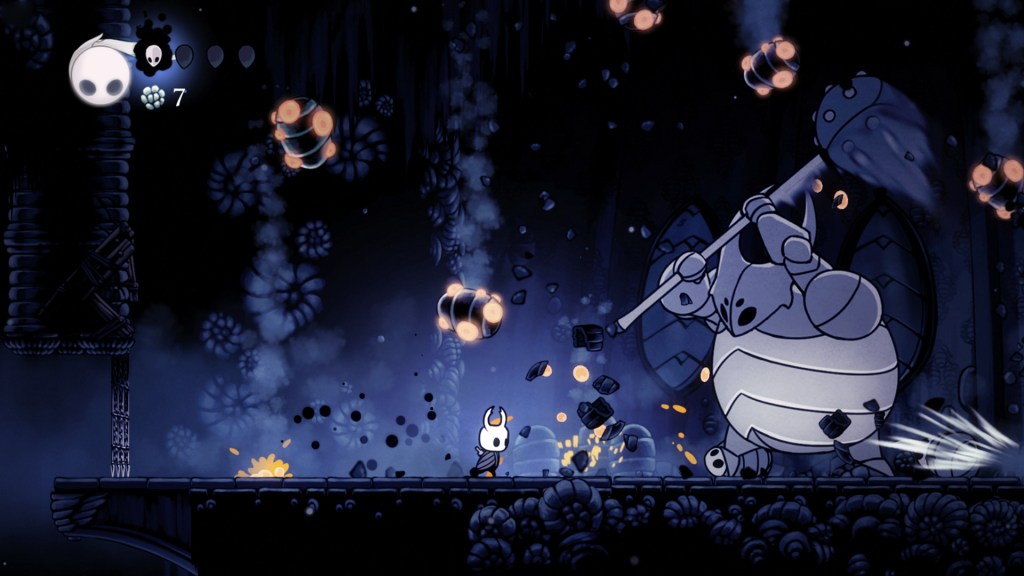
While the Metroidvania term is coined from the Metroid games by Nintendo, Hollow Knight has become as synonymous with the genre as perhaps one of the most important and iconic Metroidvania games within the scene. Hollow Knight offers a beautiful soundtrack, worldbuilding, and is quite challenging from a gameplay standpoint. The art style, while since copied by other indie developers, was iconic and fresh during its original 2017 release.
Hollow Knight follows a nameless insectoid hero who aims to rid the Kingdom of Hallownest of The Infection. To rid Hallownest of The Infection, different bosses, Dreamers, and their guardians must be defeated. However, you’ll be defeated far more often at the beginning of the game as you learn to avoid taking hits with your meagre health and limited combat capabilities. Death means losing the in-game currency, Geo, and the need to defeat a shadow version of yourself nearby where you died to recoup your losses. Whilst victory over enemies will eventually lead to the final encounter with the infected Hallow Knight. And one of those important enemies in Hollow Knight is Hornet, who becomes the protagonist in the highly anticipated Hollow Knight: Silksong, expected to launch in 2025.
The post 6 Best Metroidvania Games to Play in 2025 appeared first on ComicBook.com.
